The KUDDE dog bed promises back-friendly sleep. To verify this promise, it was subjected to a pressure load test. Our tester: a sleep-tested Cocker Spaniel mix called Cooper with more than a year's experience of lying down and sleeping in every conceivable position. His thin coat and only a little fat over his bones make a soft bed essential for Cooper! Big advantage: pressure peaks become visible very quickly when measuring with him. So we start our own "Cooper test".
We test: how easy on the joints is the KUDDE dog bed really?
The pressure load on different areas of the body when lying down can be measured using a sensor mat. This can then be used to draw conclusions about the pressure-relieving effect of various materials. These measurements are carried out during the development of medical products, for example.
When testing our KUDDE dog bed, the aim was to compare the pressure to which the dog's bones and joints are exposed when lying on a wooden floor or alternatively in the KUDDE Standard and KUDDE Special.
Fun fact: The start of the test was delayed because the test subject interrupted the recumbent test by taking a three-hour nap outside the measuring mat.
When assessing the measured values, the lower the peak pressure, the better the pressure-relieving effect. The measured values are measured in mmHg (millimeters of mercury). The pressure distribution over the loaded area is then measured in² (square inches). If pressure can be distributed over a larger area, the resulting pressure is reduced. The higher the measured value, the greater the pressure relief.
The little Cooper then began his mission on a wooden floor. The measurement was first carried out lying down with the head raised (peak pressure 150 mmHg) and then lying down with the head lowered (peak pressure 100 mmHg). The red areas indicate the peak pressure in each case.


After that, things got cozier for Cooper, as he was allowed to move into the KUDDE. Both KUDDE variants were set up: The classic KUDDE with dimensionally stable standard foam and the KUDDE Special with a 2 cm thick, thermoelastic layer of visco-foam in the lying surface. Measurements were taken in all conceivable positions:

The result of the pressure point test confirms that lying in the KUDDE dog bed is easy on the back
The result confirms our more than 30 years of experience: the KUDDE Standard already reduces the peak pressure by almost 50% - the KUDDE Special with the thermoelastic foam even directly by more than 60%! Pressure distribution is also significantly improved.

Does this mean that the KUDDE Special is better than the KUDDE Standard?
In terms of pure pressure relief, the KUDDE Special with the visco effect comes out on top. But you have to differentiate here, because dogs and their requirements are different.
Older dogs or four-legged friends with back and joint problems particularly benefit from an orthopaedic dog bed such as the KUDDE Special with clear pressure distribution to provide optimum support for the spine and joints. Thanks to its stable lying surface and optimum pressure distribution, the KUDDE Special is therefore also ideal as a dog bed for large dogs suitable.
For all other dogs, the conventional KUDDE is already the optimal choice, because the advantage over a thin dog mat is already clear here with over 50% less height pressure.
How does your dog lie? In a dog bed, basket or on a mat? Let us know your experiences in the comments!


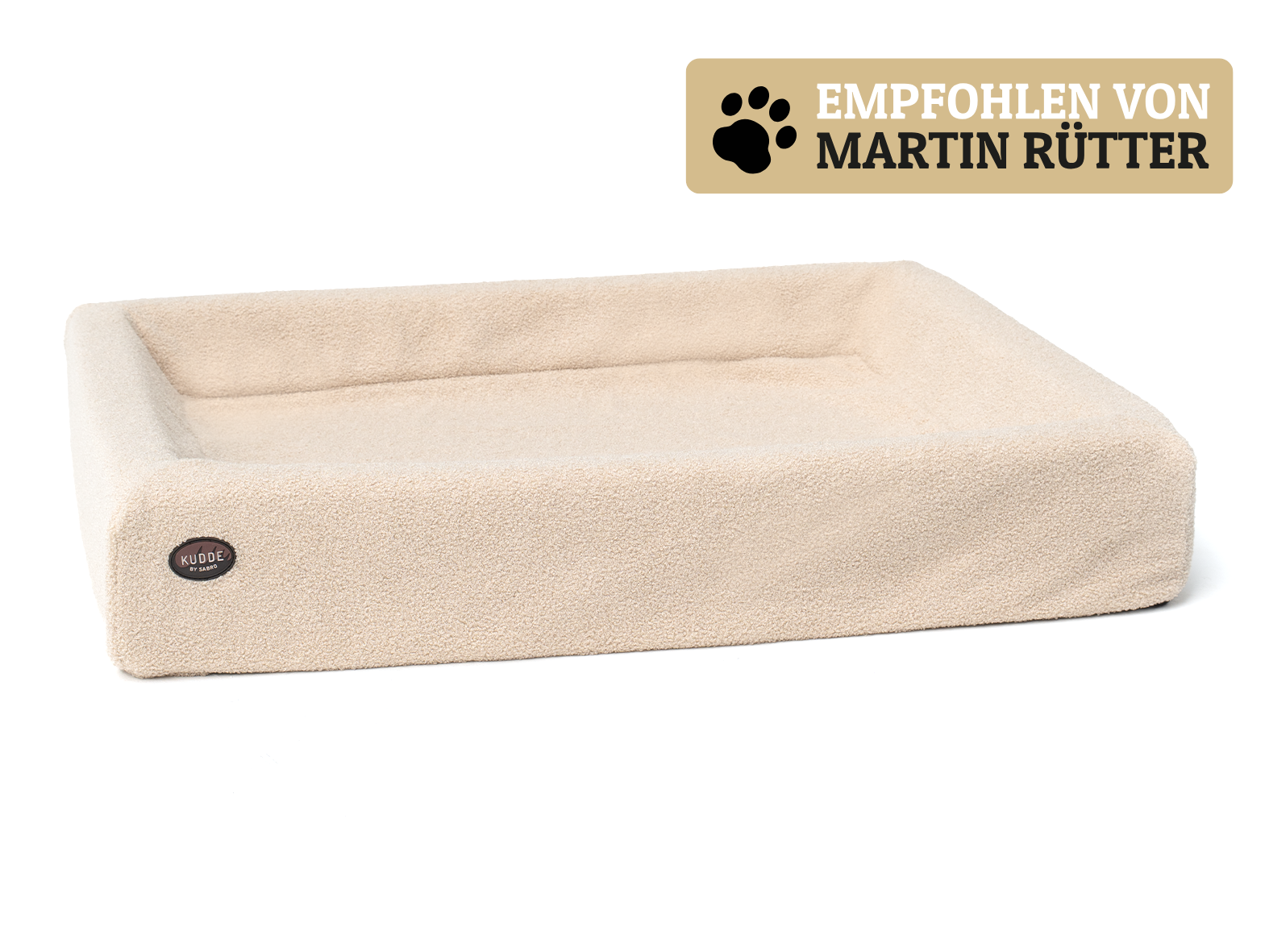
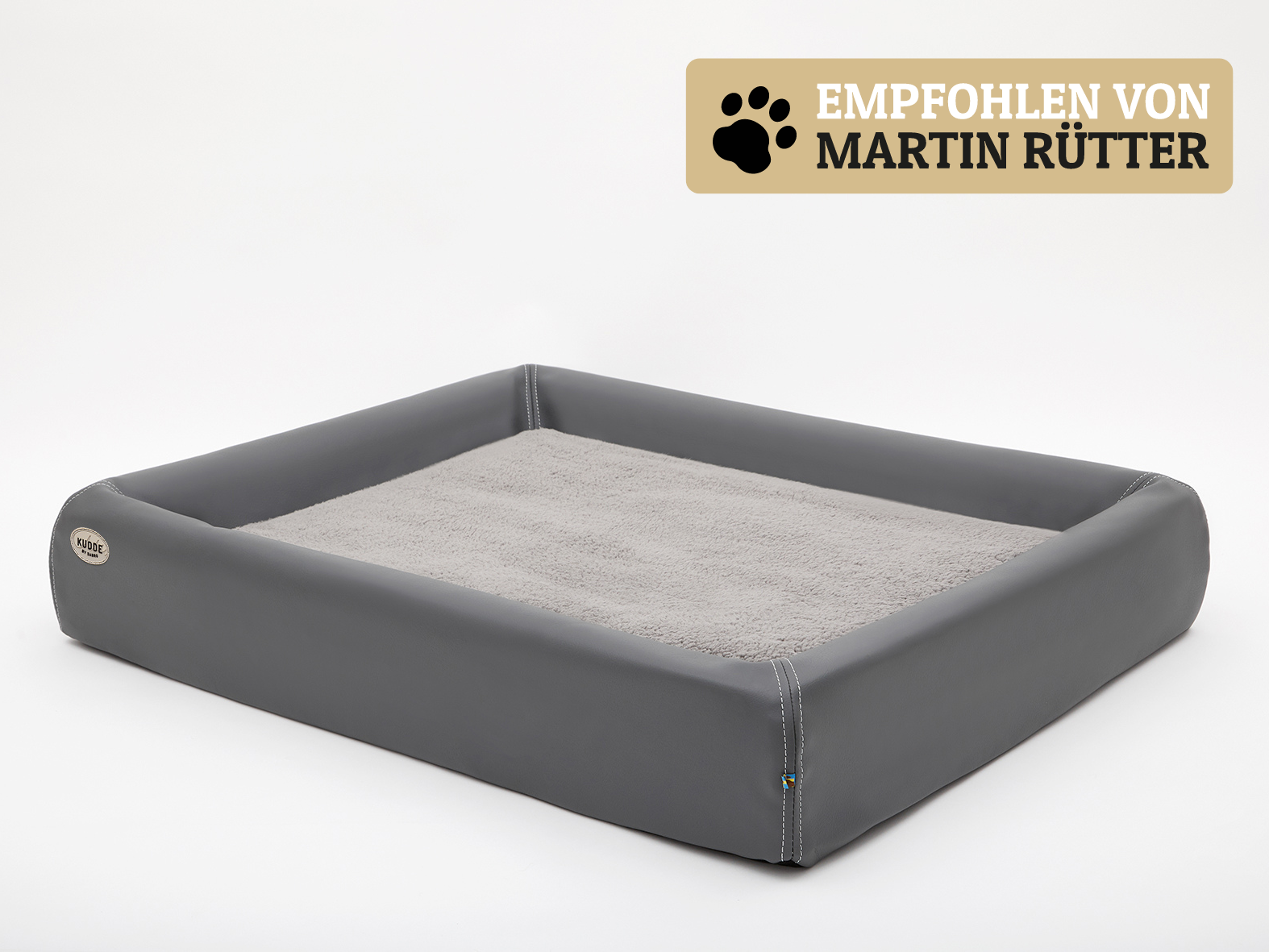
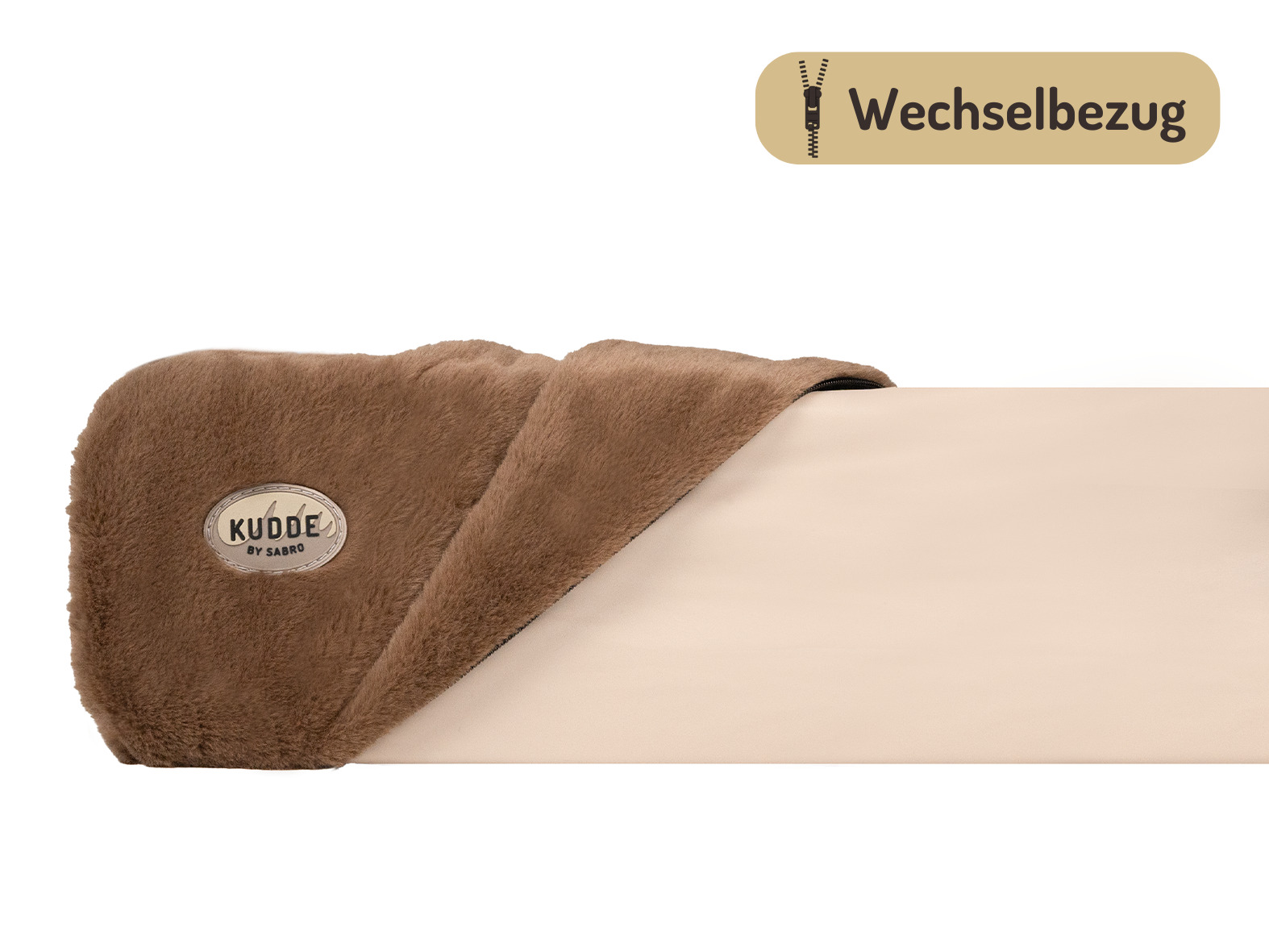
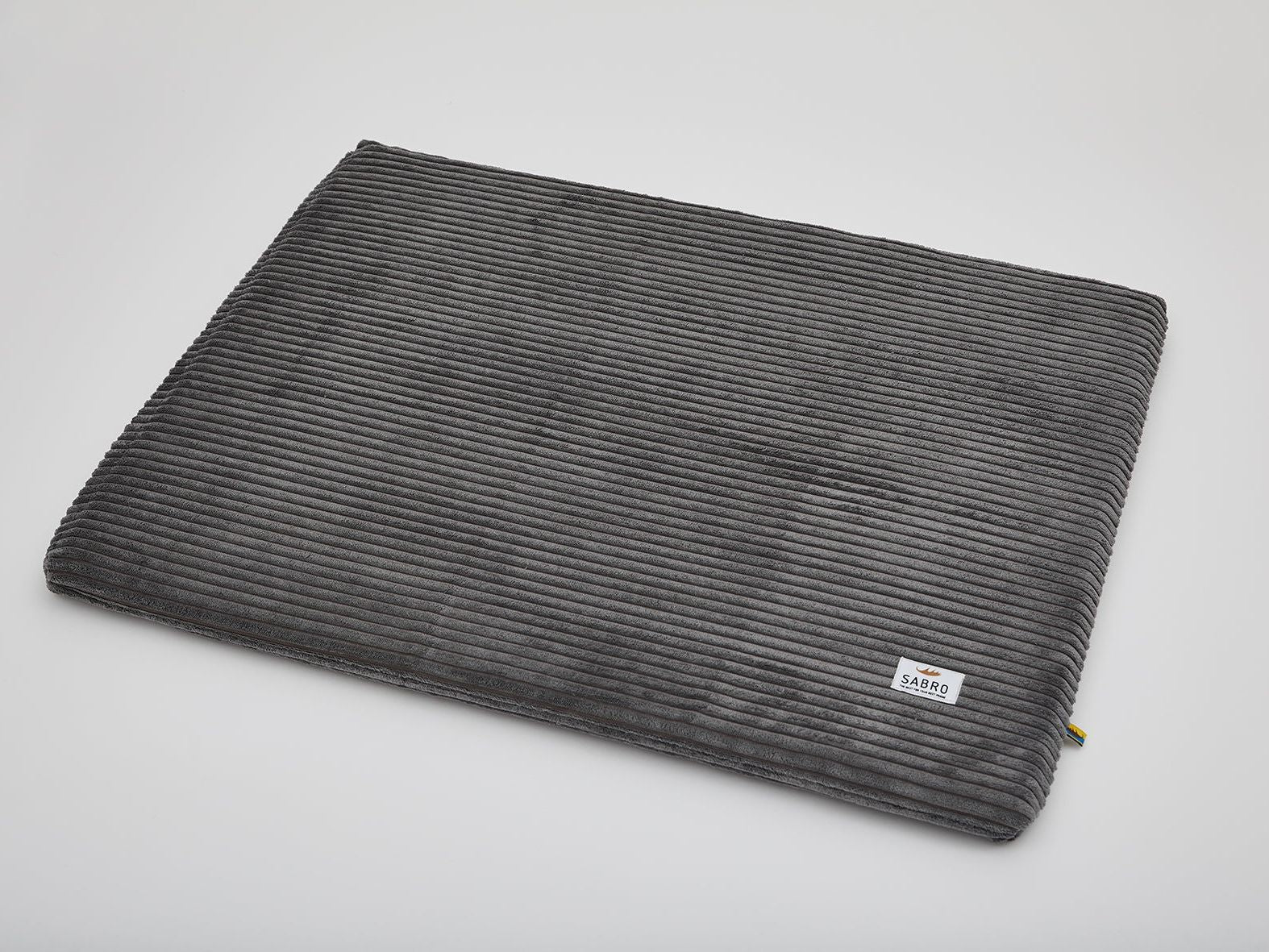
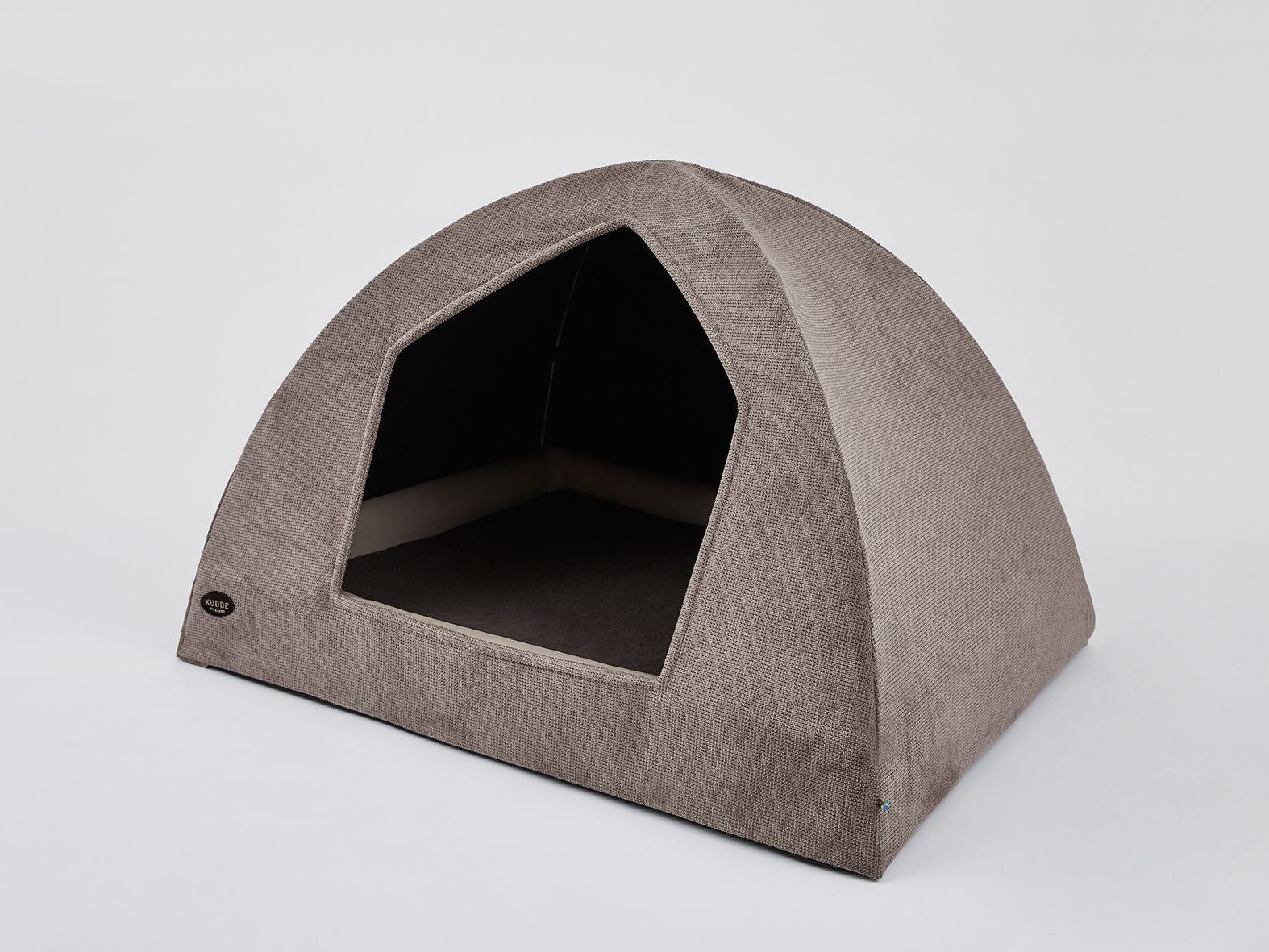
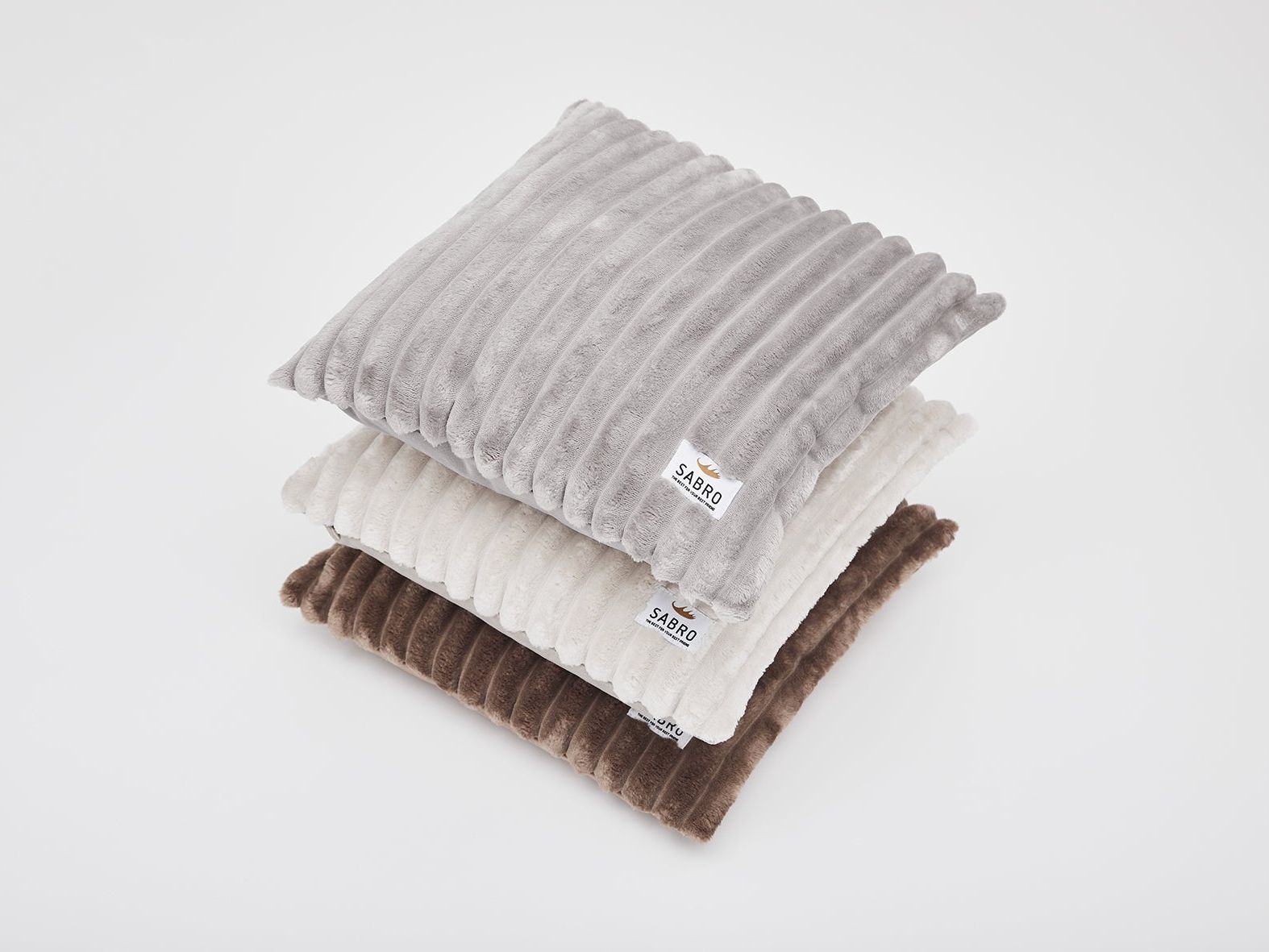
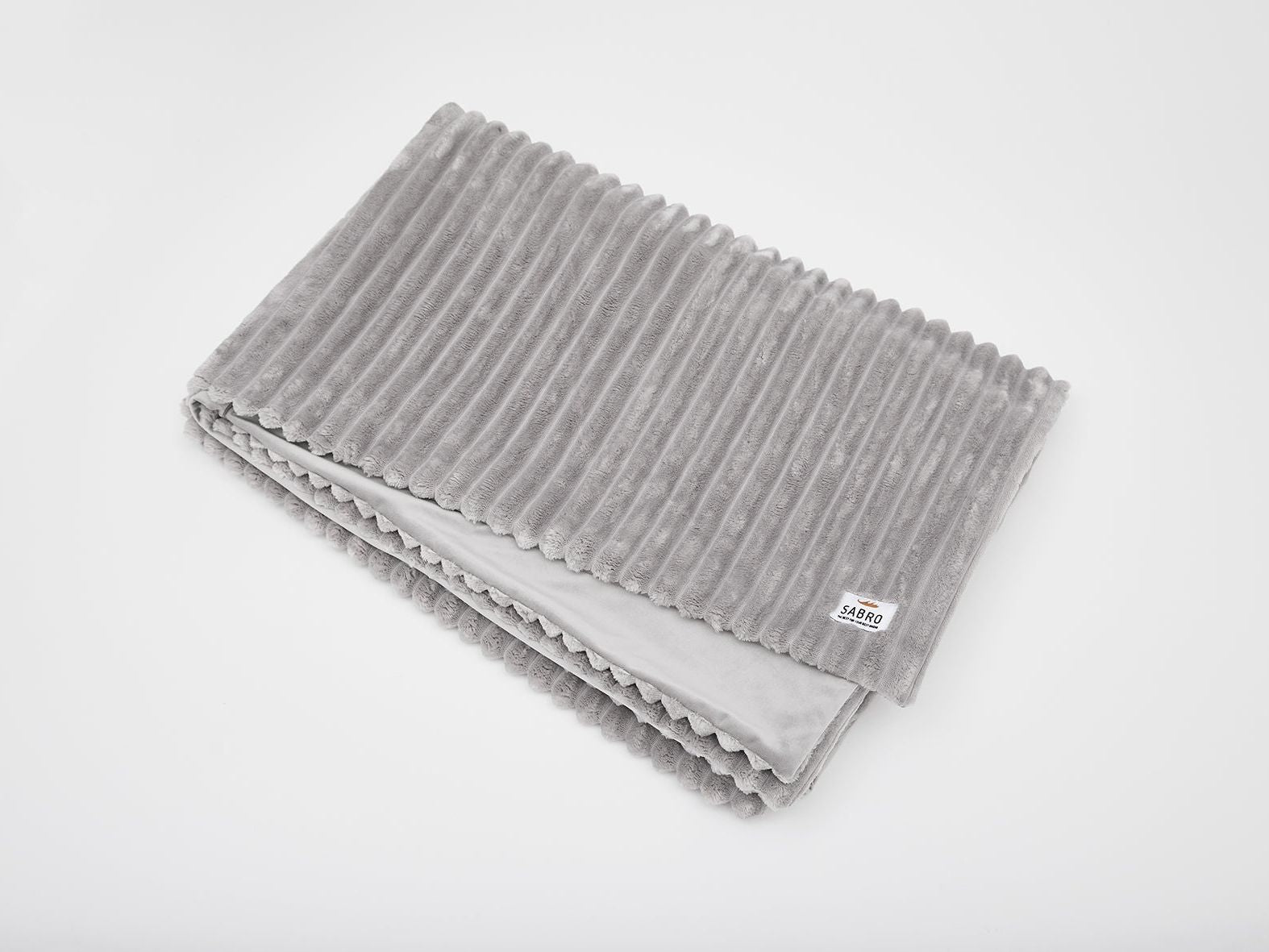
1 comment
Kathrin
This bed is simply super. Plus the cave and the super soft corduroy blanket are just great 🥰
This bed is simply super. Plus the cave and the super soft corduroy blanket are just great 🥰